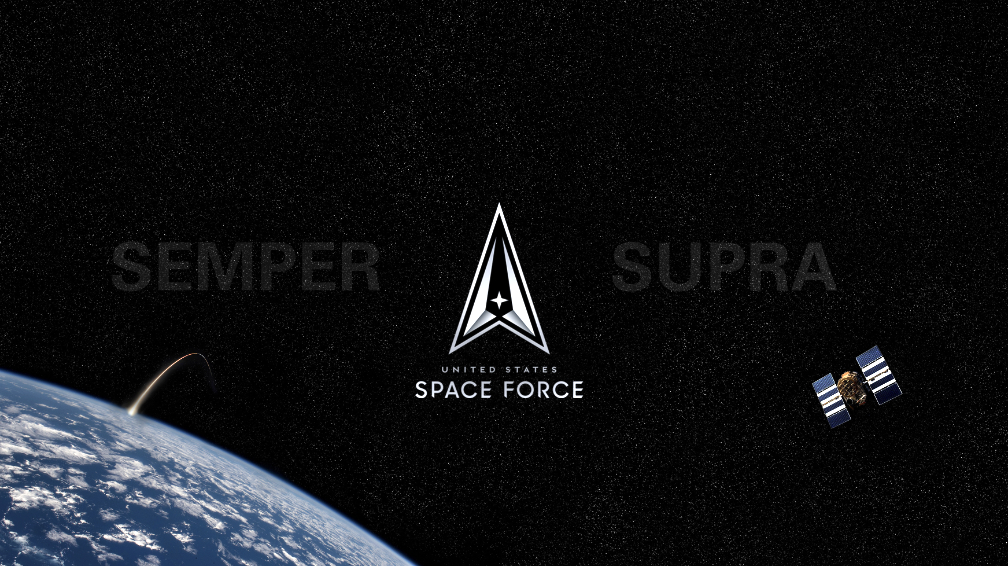
The U.S. Space Force’s Small Launch and Targets Division at Kirtland Air Force Base, Albuquerque, New Mexico, part of Space Systems Command’s (SSC) Assured Access to Space (AATS) program executive office, has issued a solicitation to on ramp additional launch providers to the Orbital Services Program (OSP)-4 Indefinite Delivery/Indefinite Quantity (IDIQ) contract. Periodic on ramp opportunities ensure all eligible launch providers within one year of their initial orbital launch are included in OSP-4 mission competitions.

OSP-4 is executed as part of the Rocket Systems Launch Program (RSLP). It allows for the rapid acquisition of launch services to meet mission requirements for payloads 400 pounds or greater, enabling launch within 12-24 months from task order award. Task orders under the contract can be tailored to meet more demanding timelines for Tactically Responsive Space (TacRS) missions or other needs. The contract has a $986 million ceiling with ordering through October 2028. The Space Force will compete each mission ordered under the contract among the IDIQ awardees.
This is the second OSP-4 on ramp opportunity. SSC initially awarded the OSP-4 contract in 2019 followed by the first on ramp in 2021. While there is not an upper limit on the size or performance of launch systems available on the contract, OSP-4 missions are typically structured with an emphasis on small launch capabilities.
There are currently 10 launch providers on the contract: ABL Space Systems, Aevum, Astra, Firefly Aerospace, Northrop Grumman, Relativity Space, Rocket Lab, SpaceX, United Launch Alliance (ULA), and X-Bow.
“The OSP-4 contract has been a valuable arrow in the quiver of the Space Force’s full spectrum launch arsenal since 2019, serving as a complement to the National Security Space Launch program,” said Lt. Col. Justin Beltz, chief of SSC’s Small Launch and Targets Division. “Small launch brings a great deal of responsiveness and flexibility that opens exciting possibilities for future missions. There have been both opportunities and challenges in the small launch industry over the past couple of years, which make it more important than ever that we bring in emerging industry solutions. OSP-4 launches like last year’s groundbreaking VICTUS NOX mission highlight how impactful these capabilities can be.”
